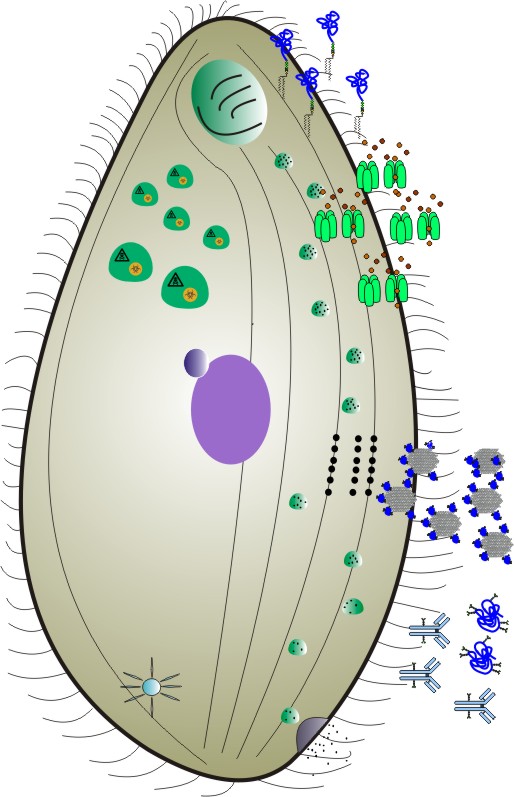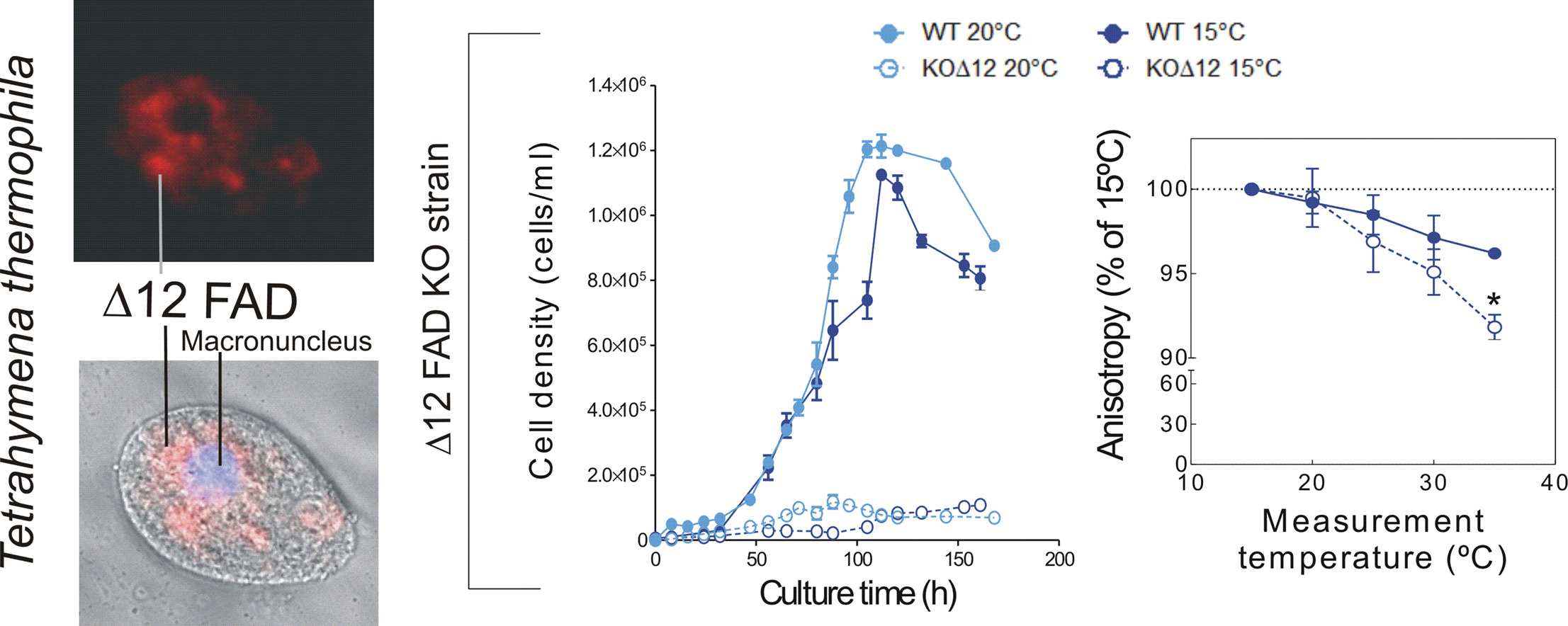Since their description and classification in the 19th century, ciliates have played an important role in science, leading to several fundamental discoveries in the areas of cellular and molecular biology. During the last decades, with the emergence of biotechnology, many new developments are also coming to light. In this review, we describe a range of applications in which ciliates have found a niche, ranging from the production of a vast array of proteins, lipids, metabolites, and antigens to their use in toxicity screening, biocontrol, bioremediation, and biotransformation of substrates into more valuable products. We highlight the benefits and drawbacks of their use in biotechnology, the latest developments in large-scale culture and state-of-the-art molecular-genetic techniques, as well as the estimations on the exploitation areas with better potential, i.e., the production of complex membrane proteins, and those less interesting or with less chances of success.

Gene identification and functional characterization of a Δ12 fatty acid desaturase in Tetrahymena thermophila and its influence in homeoviscous adaptation to low temperature. Granel, Maria L. Sanchez, et al. "." Biochimica et Biophysica Acta (BBA)-Molecular and Cell Biology of Lipids (2019).
Abstract
Homeoviscous adaptation in poikilotherms is based in the regulation of the level of desaturation of fatty acids, variation in phospholipids head groups and sterol content in the membrane lipids, in order to maintain the membrane fluidity in response to changes in environmental temperature. Increased proportion of unsaturated fatty acids is thought to be the main response to low-temperature acclimation, which is mostly achieved by fatty acid desaturases. Genome analysis of the ciliate Tetrahymena thermophila and a gene knockout approach has allowed us to identify one Δ12 FAD and to study its activity in the original host and in a yeast heterologous expression system. The “PUFA index” -relative content of polyunsaturated fatty acids compared to the sum of saturated and monounsaturated fatty acid content- was ~57% lower at 15 °C and 35 °C in the Δ12 FAD gene knockout strain (KOΔ12) compared to WT strain. We characterized the role of T. thermophila Δ12 FAD on homeoviscous adaptation and analyzed its involvement in cellular growth, cold stress response, and membrane fluidity, as well as its expression pattern during temperature shifts. Although these alterations allowed normal growth in the KOΔ12 strain at 30 °C or higher temperatures, growth was impaired at temperatures of 20 °C or lower, where homeoviscous adaptation is impaired. These results stress the importance of Δ12 FAD in the regulation of cold adaptation processes, as well as the suitability of T. thermophila as a valuable model to investigate the regulation of membrane lipids and evolutionary conservation and divergence of the underlying mechanisms.


